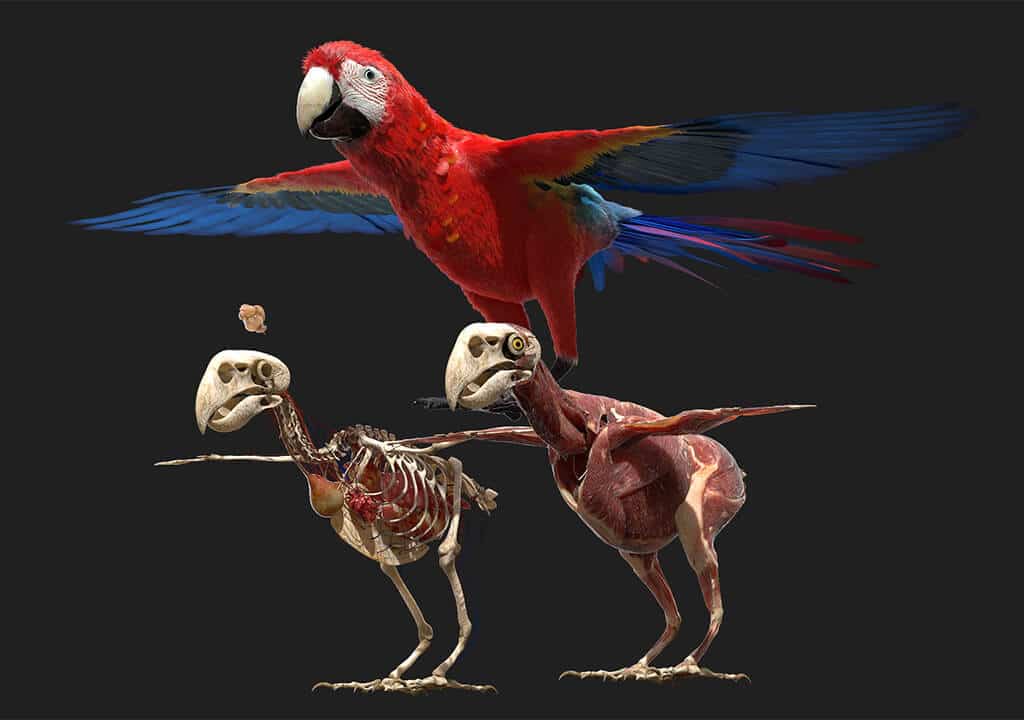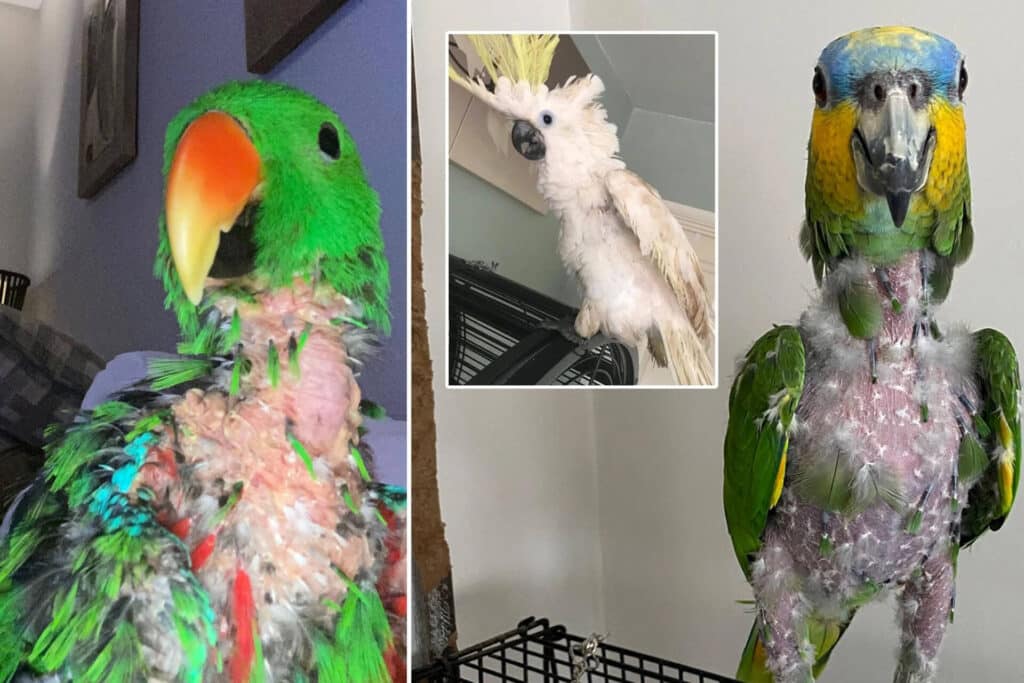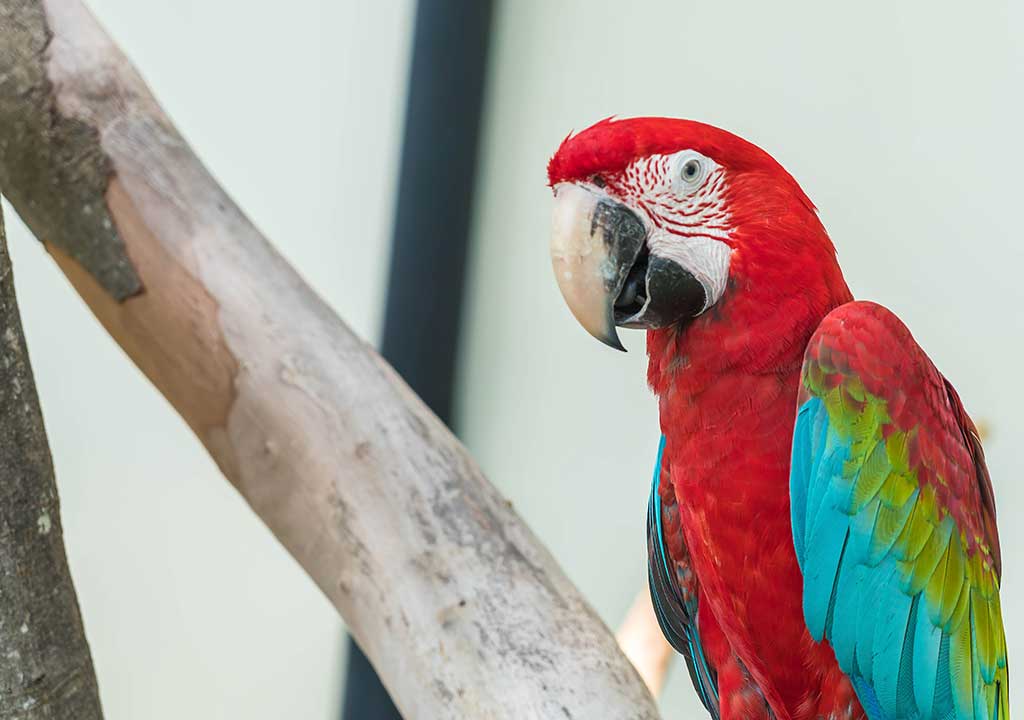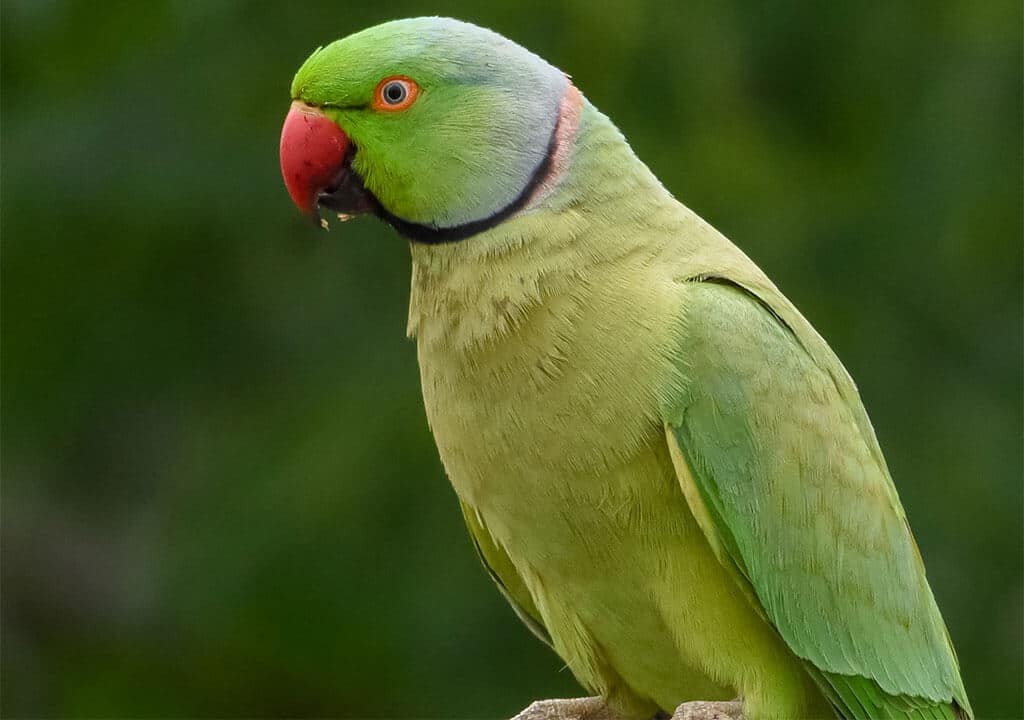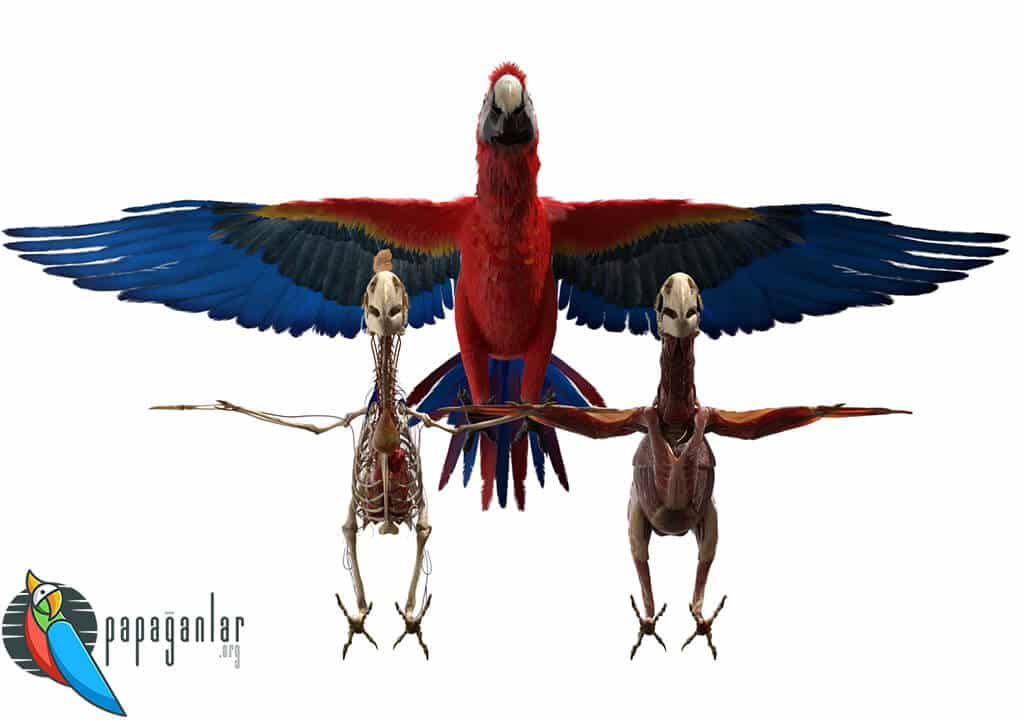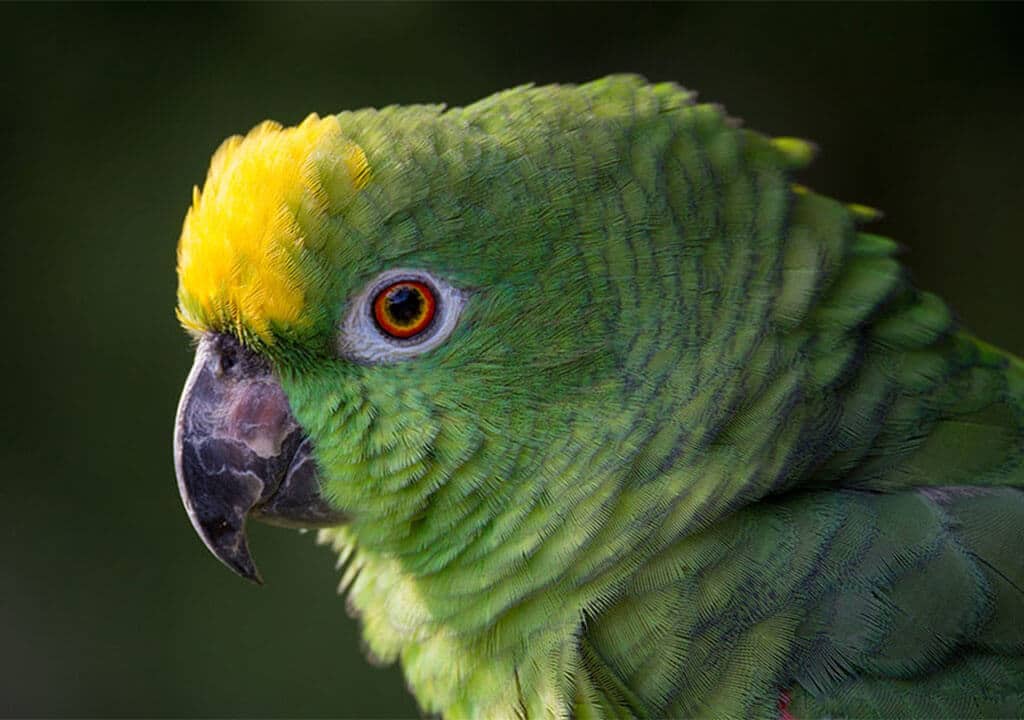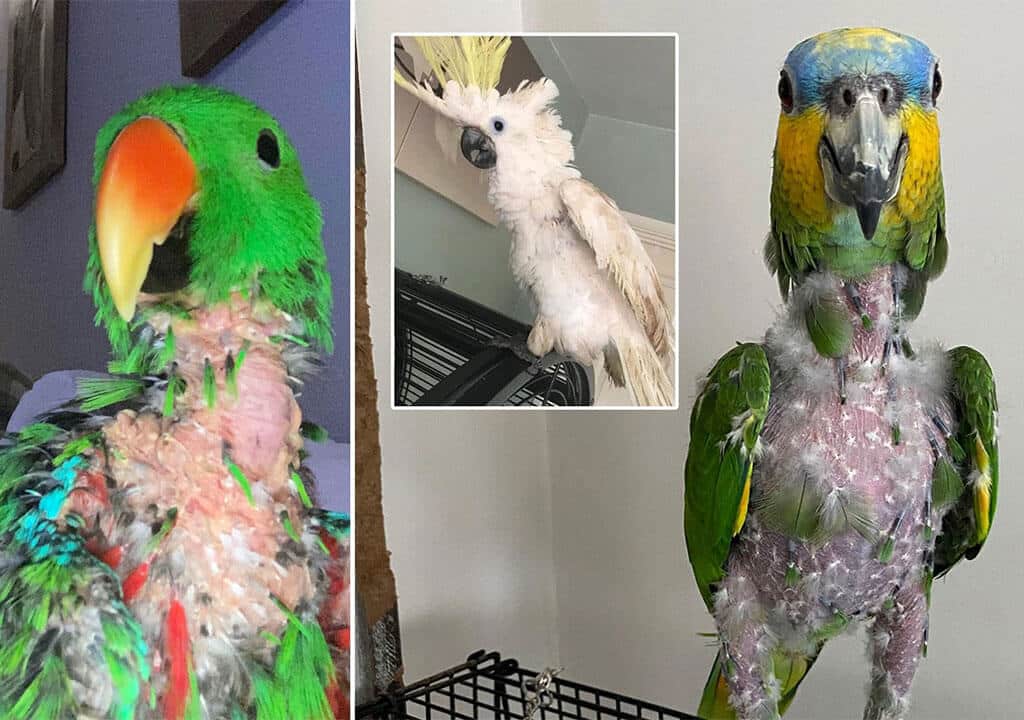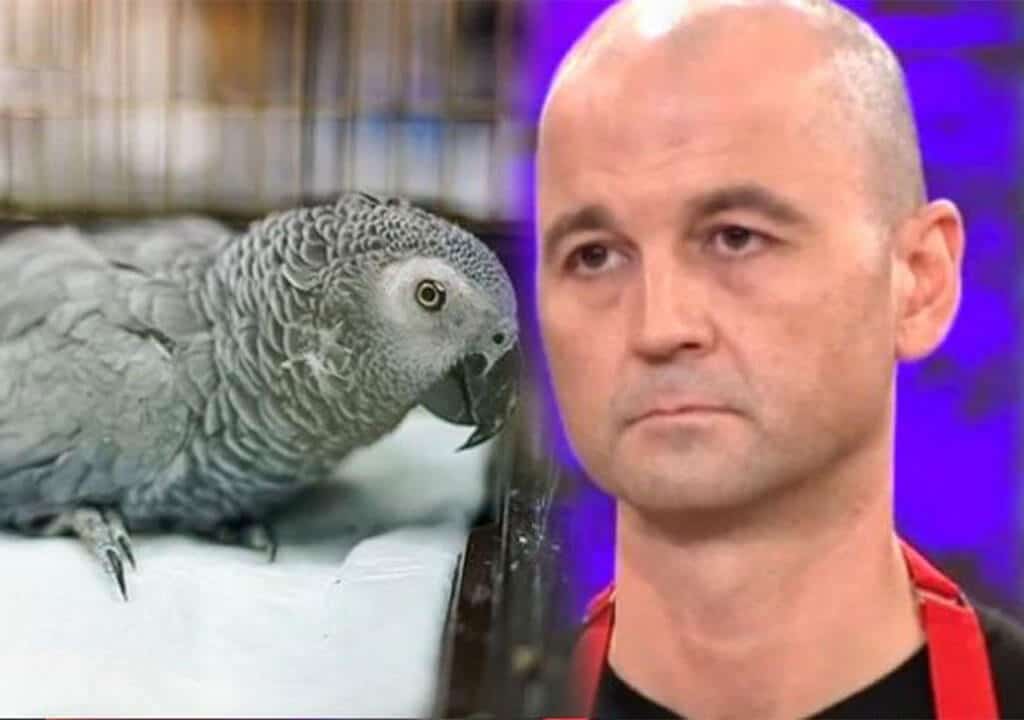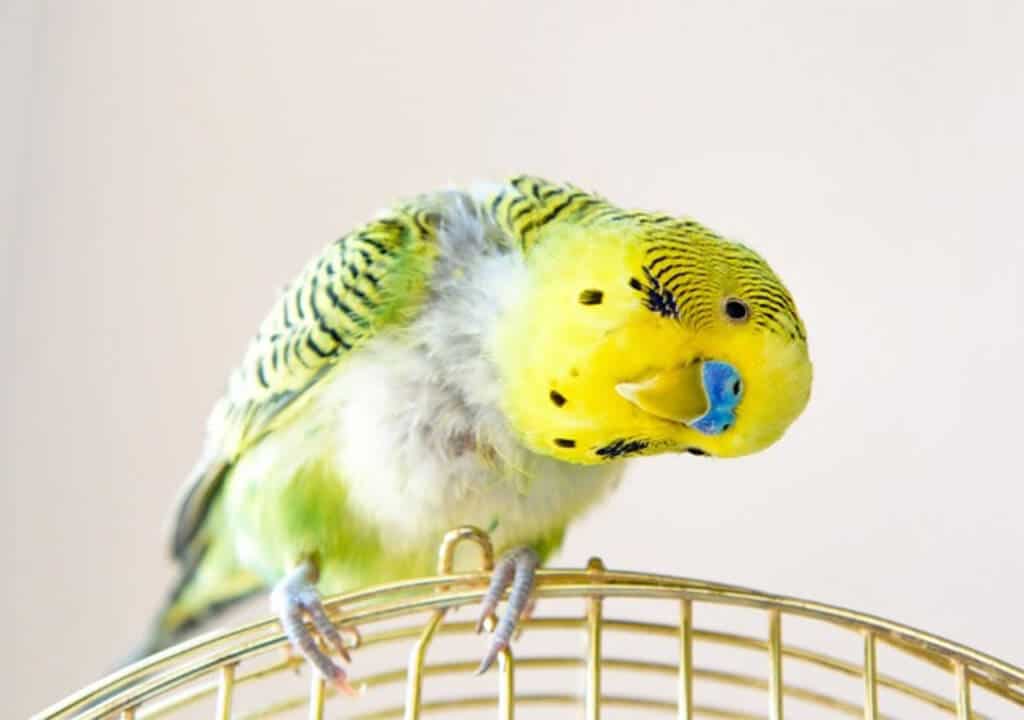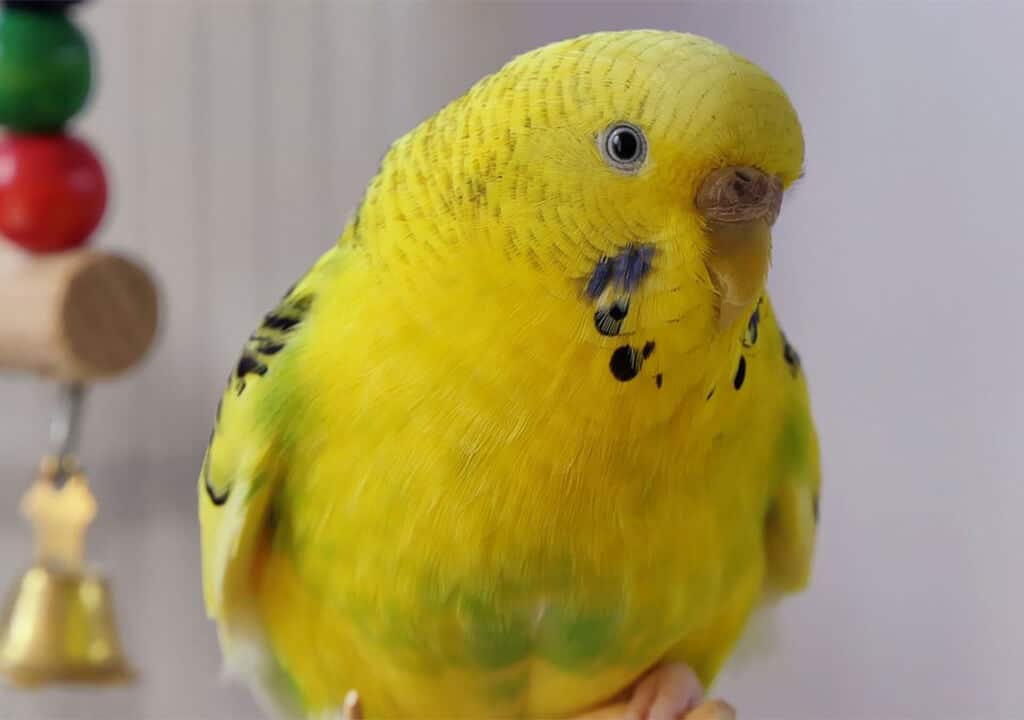It occurs mostly due to infection in birds. Bacteria, which are taken orally, become effective in a short time and cause disease. Bacteria excreted through the feces cause the infection to spread to other birds. Here, the importance of hygiene rules comes to the fore once again.
E. coli is the most common factor that is transmitted from humans to parrots and causes digestive system infection. Because this microbe, which is normally found in the intestines of mammals without harming them, is not found in parrots and other birds. For this reason, if the parrot is interfered with or given food and water without washing the hands thoroughly, the bacteria that enter through the mouth will settle in the intestines and cause the disease. Even with careful attention to hand hygiene, the germ can be transferred to the parrot with dirty towels.
Another important bacterial infection agent is salmonella. The clinical course of this microbe, which can normally cause intestinal infection in humans, is more severe. It can cause systemic infection and rapidly lead to general condition deterioration and death. Laboratory tests and diagnosis are made. In both infections, antibiotics and supportive treatment should be started under veterinary control.
In addition to paying attention to the hygiene rules at home, attention should be paid to the cleanliness of the feed and water in order to prevent intestinal infections. Vegetables and fruits should be washed very well, and their skins should be peeled if possible. Because there are many microbes in the feces of birds in nature that can be an infection factor for house birds.
Feeds that are not stored in appropriate conditions also transmit infection. Dry foods should be stored in closed boxes, away from moisture and light. Fungal factors that reproduce as a result of mold due to humidity can cause infection in birds. In addition, “aflatoxin” formed in moist foods is both toxic and carcinogenic.
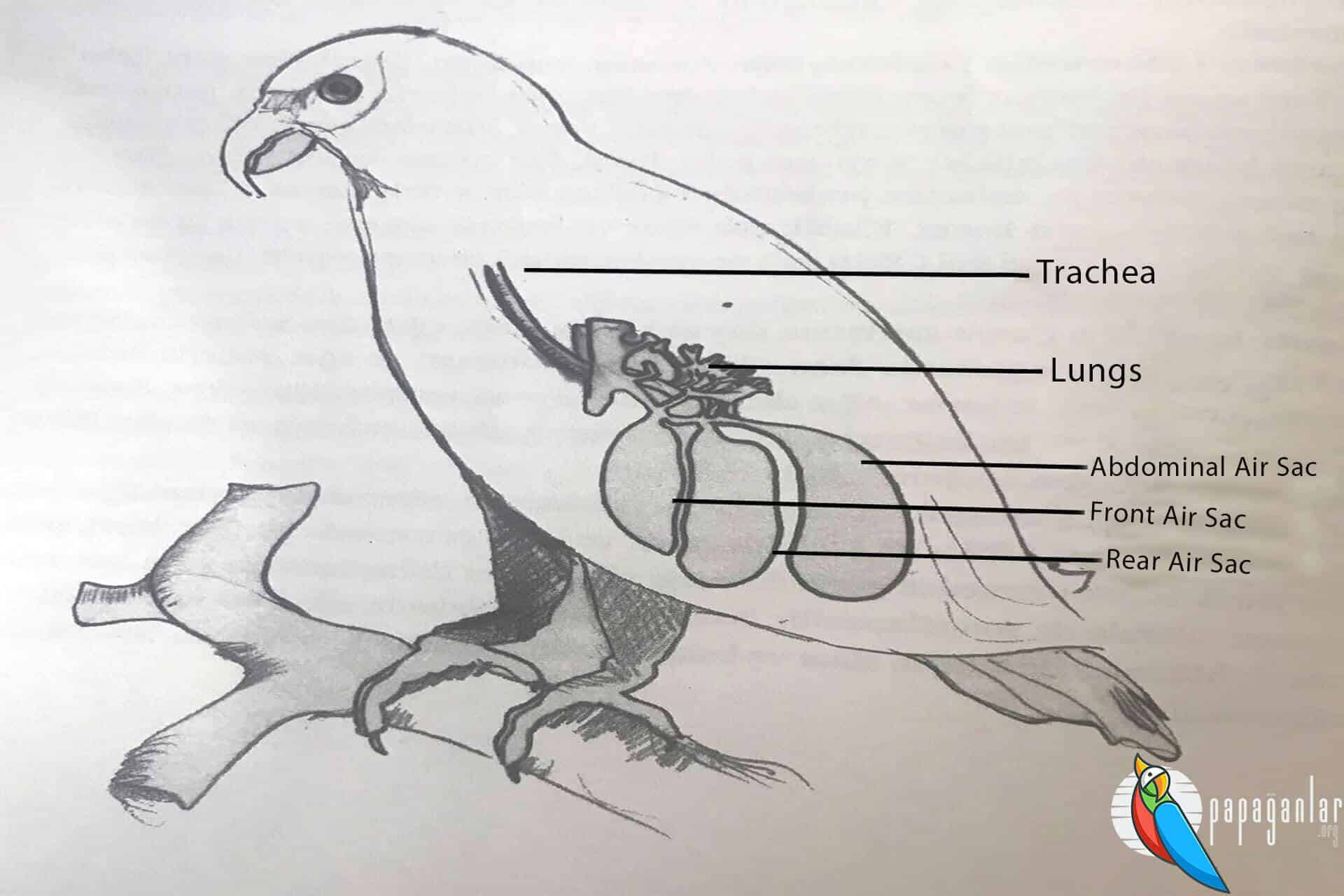
Open foods are a good food source for mice and other rodents. Contact with their feces and feet causes many infectious agents to be passed on to parrots.
As stated in the “adult parrot diet,” there are many foods on the list of suitable foods. Most of these foods deteriorate in a short time at normal room temperature and are foods where bacteria can easily reproduce and cause infection. For this reason, they should not be kept at room temperature for a long time, and they should not be allowed to stay in direct sun. Food prepared for baby parrots should be prepared again each time.
The quality of the cage is important for health. Parrots are destructive birds. In addition to wooden objects, they also damage lattice irons with their beaks. For this reason, cage paint should not contain toxic substances. In addition, if the cage iron rusts over time, ingestion of this substance may cause digestive system disorders.
The basic rule in protection from digestive system infections is to pay attention to general hygiene rules. The parrot’s environment should be cleaned every day. The room is ventilated at least once a day. The bottom of the cage is absolutely cleaned every day, preventing the growth of harmful bacteria. Special materials are used in the cage floor that allow the feces to dry immediately.
Since the water containers are contaminated with food, they easily become a medium where bacteria can grow. In addition, the vitamins put into it also prepare a suitable environment for bacteria. For these reasons, it should be changed once a day and fresh drinking water should be used. General cleaning should be done in the cage once a week, and cleaning should be done with appropriate disinfectants when necessary.
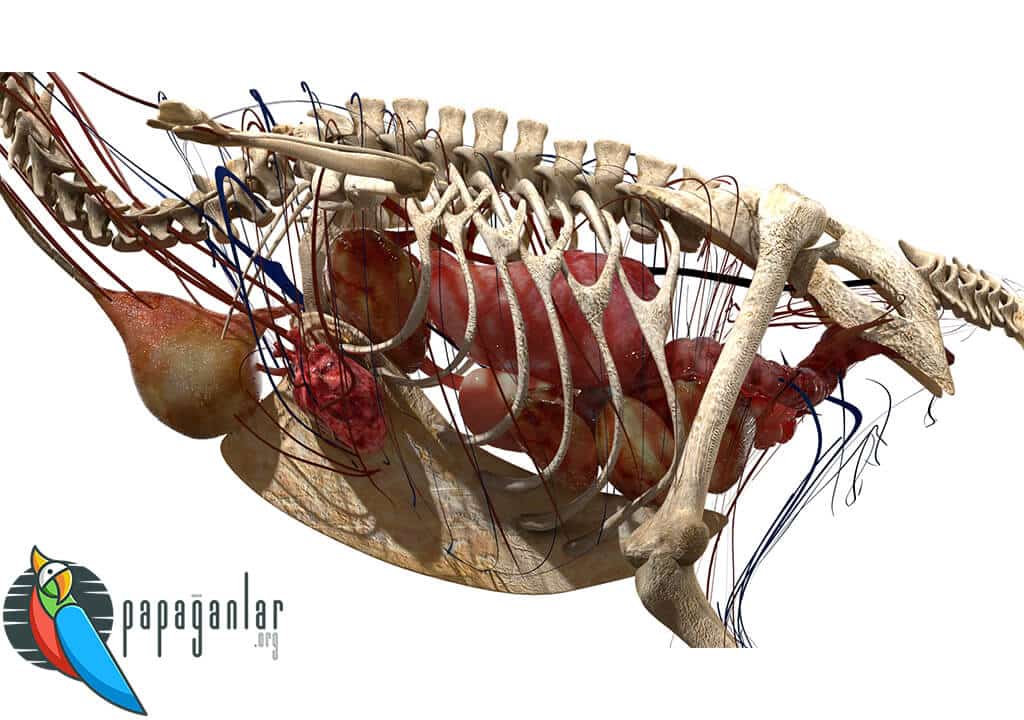
Vomiting and Return of Crop Content in Parrots
Vomiting is the regurgitation of the contents of the stomach and ejection through the mouth. It is always a sign of illness. The protrusion of the contents of the crop can occur in normal as well as in diseases. Generally, in the presence of these two conditions, a negative situation affecting the digestive system should come to mind.
While the cause is mostly infection and metal poisoning such as lead and zinc in gray parrots, it is also seen in amazon parrots due to fatty liver and inflammation. Vomiting in the form of behavioral disorders is also observed in the ara parrot breed. The lack of enzymes involved in the digestion of food in the front stomach or the relaxation of the crop muscles due to tone disorders also cause vomiting. Tumor or foreign body in the crop should also be considered. In case of narrowing due to tumor or pressure in the intestine, vomiting occurs due to the passage of the contents of the fore stomach into the crop. Laboratory and x-ray are used in diagnosis. The cause is eliminated and supportive treatment is started. No food is given orally until the vomiting stops, and fluids are given intravenously if necessary. If there is a foreign body, anesthesia is required. Large foreign bodies require surgical intervention.
A more common occurrence in budgerigarsand cockatoosis when the contents of the crop are vomited on an object in the cage and then eaten again. It is more common during mating seasons.
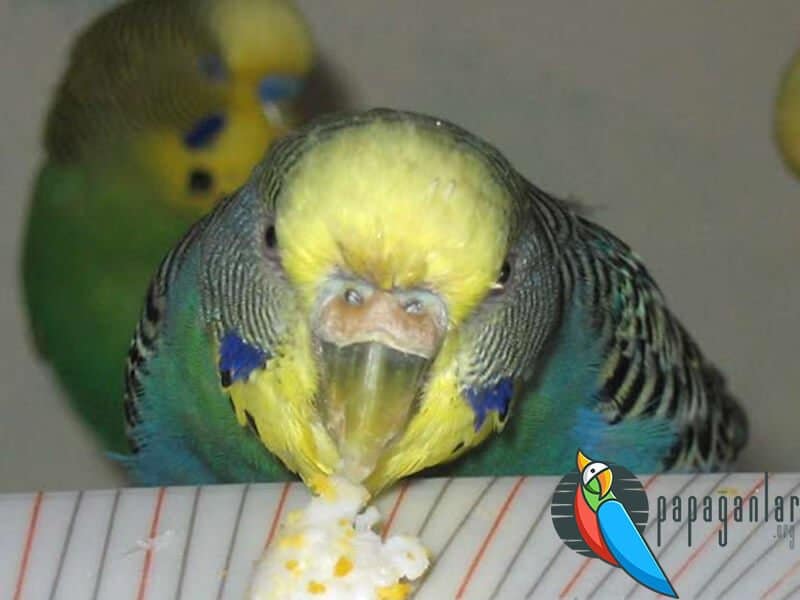
Mouth Lesions
While vitamin A deficiency and abscesses are more common in large parrots, fungal infections are observed in smaller parrots. Due to difficulty in feeding, inability to eat, weakness and malaise are observed. By eliminating the cause, feeding is done with a tube for a while. Effective solutions against fungi and bacteria are used. Supportive treatment is recommended.
Esophagus and Crop Diseases in Parrots
The most common causes in parrots; bacterial infections, irritation due to inhalation of harmful gas, formations pressing from the outside or inside, foreign bodies, trauma and nutritional disorders. When crop diseases are mentioned, delay in emptying of the crop, obstruction, vomiting and the return of the crop contents come to mind. Delay in emptying of the crop is seen when the given food or environment is cold. If it eats too much sand, crop clogging may occur. Infection can occur in the crop if the hygiene rules are not observed in the hand feeding of the puppies. In addition to vitamins A and E, selenium element deficiency can also occur in feeding only with seeds. If the parrot is not given a mineral block, goiter may occur, especially in budgies. This causes delayed ejaculation of the crop with pressure. Crop obstruction can also be observed in high fiber diets.
By examining the contents of the crop and stool, the infectious agent is determined and appropriate treatment is given to it. In the presence of foreign body, surgical intervention is performed if necessary. Other laboratory tests and x-rays are also helpful in making the diagnosis. In crop clogging, the veterinarian should lavage with warm water and drain the crop.
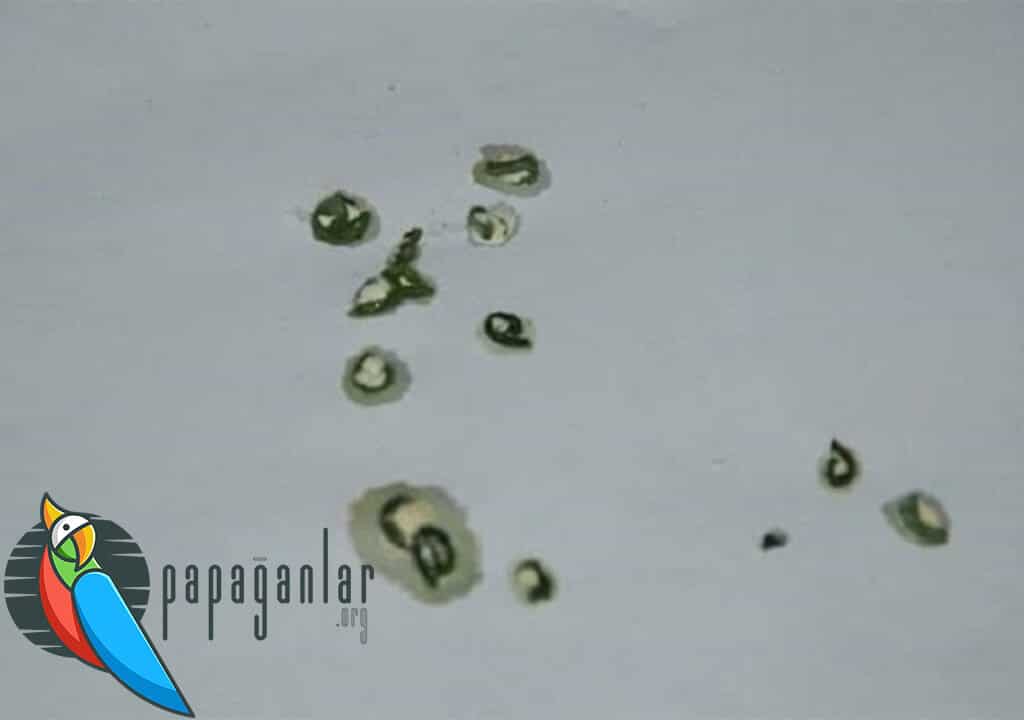
Parrot Defecation Changes
In birds, feces and urine are combined in the digestive tract called the cloaca and excreted. The reproductive system opens here through a channel. After the cloaca is the rectum, which is the last part of the digestive system. The kidneys are located on either side of the spine. Unlike mammals, urine is not found in the form of urea, but in the form of uric acid, which is whiter and semi-solid. While urine is water-colored, stool is green or brown. It is often confused with diarrhea due to the occasional urination of the bird and its watery appearance. Any intestinal infection can cause diarrhea in parrots. In severe infections, bloody diarrhea or blood spots may appear in stools without diarrhea. Requires treatment for the causative agent.
Presence of Blood in the Stool
Sindirim sistemi, idrar sistemi, üreme sistemi ve kloakadan kan gelebilir. In bleeding from the upper parts of the digestive system, such as stomach and anterior stomach, it is seen that the stool is dark in color due to the digestion of blood, and even has a tar consistency and color. Bleeding is observed mostly as a result of infections caused by bacteria. In addition, poisoning, kidney and liver diseases, tumors, blockages due to excessive sand eating, infections caused by moldy foods, poor care and nutritional conditions and other infections can also cause bleeding. Examination and laboratory findings have a great place in the diagnosis. The causative agent should be eliminated and supportive treatment should be given.
Undigested Foods
It occurs as a result of digestive and intestinal motility disorders. It can be seen as a result of any intestinal infection. It can occur in vitamin E and B1 and selenium deficiency. It is also seen in people who are fed a high-fat diet. Fatty liverand inflammation of the pancreasare other causes. The diet is corrected. Appropriate treatment is given for infectious agents. Diagnosis is made by laboratory and x-ray examinations.




